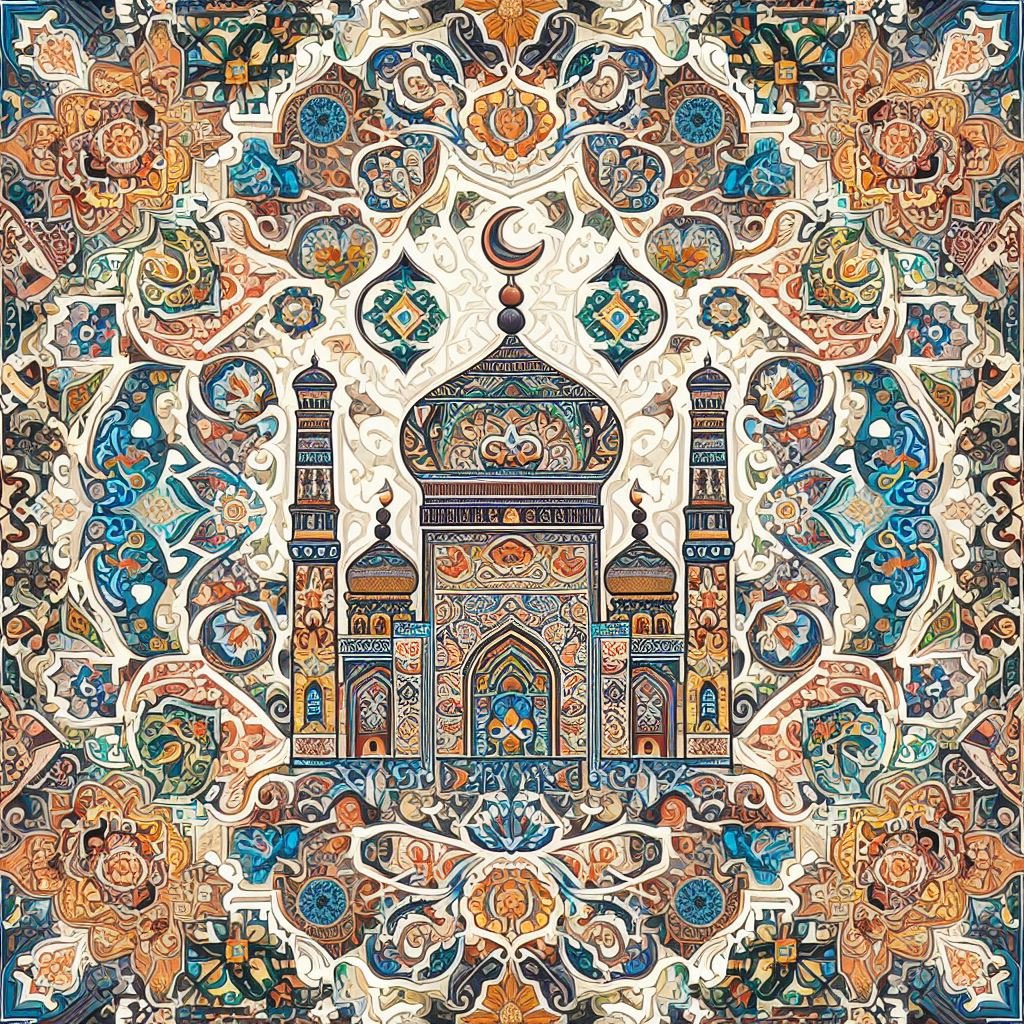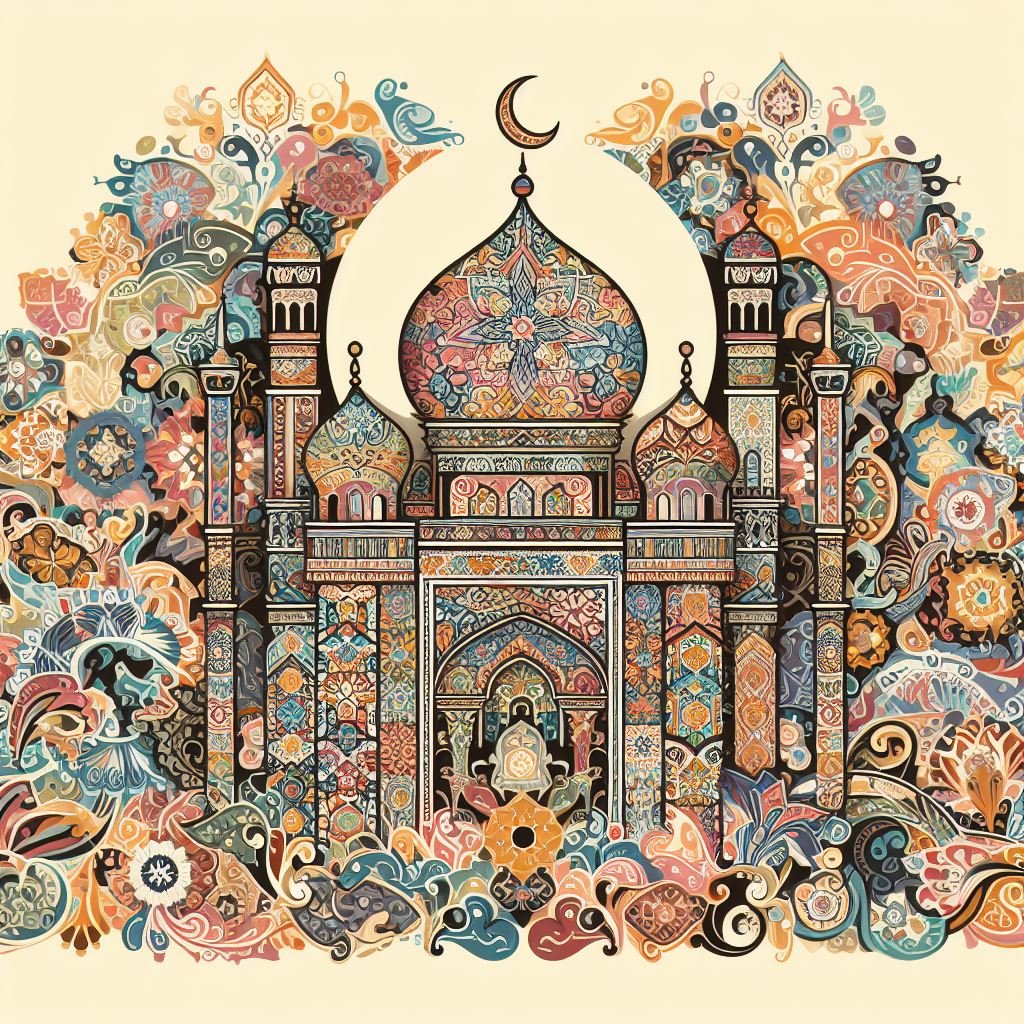The Sociologist’s Digressions (SD5)
By: Dr Hichem Karoui
A XXIth Century Social Scientist’s Cogitations
Throughout history, dating back to the 7th century, the Arab and Islamic world has witnessed the emergence of numerous legends, often rooted in fanciful or illogical narratives and, in some cases, outright falsehoods. These legends have often been predicated on exploiting the gullibility of the populace, resulting in a rather inglorious chapter in the annals of history. A social scientist must adopt a critical perspective when delving into the realm of legends within Arab-Islamic history.
While there undeniably exist instances of legends and myths that have endured through the ages, it is imperative to examine the circumstances of their genesis and the underlying motivations propelling their creation. Religious doctrines frequently provided a veneer of justification for Islamic military conquests. However, beneath the surface, more worldly ambitions such as pursuing material wealth, political ascendancy, and territorial expansion were significant driving forces.
Historical records reveal institutional mechanisms that underpinned these conquests. The utilisation of elite slave soldiers known as “mamluks” and the assignment of non-hereditary property rights over agricultural lands, known as “iqta,” served as arrangements to compensate the soldiers and fuel the expansionist ambitions.[1] For instance, Ottoman conquests in the Balkans adhered to the legal principles delineated in Islamic law, underscoring a methodical and calculated approach to territorial expansion.[2]
Examining broader historical patterns, both the Arab and Mongol conquests, which led to the establishment of formidable world empires, exhibited similarities in their preconditions. These conquests were underpinned by robust nomadic elements, suggesting that the impetus for expansion extended beyond religious fervour alone.[3] Furthermore, these campaigns involved intricate interactions with non-believers and raised complex questions about the treatment of civilians during times of conflict, hinting at multifaceted motivations that transcended religious zeal.[4]
In sum, while religion certainly played a pivotal role in the Islamic military conquests, it is evident that a complex interplay of factors, including the pursuit of material gains, the consolidation of political power, and the thirst for territorial expansion, contributed significantly to the historical narrative of this era.
It is crucial to acknowledge that not all legends in Arab-Islamic history were conceived with malicious intent. For instance, within Islamic art and architecture, one can find intricate geometric patterns meticulously crafted by mathematicians in the Arab world.[5] These patterns were not devised to deceive or manipulate but rather to convey intricate mathematical concepts in an aesthetically pleasing manner.
A cautious and discerning approach is imperative when delving into specific instances of legends or myths in Arab-Islamic history. Relying on credible sources is paramount in this endeavour. Academic journals, such as the article titled “Practice versus Theory: Medieval Materia Medica according to the Cairo Genizah,” offer valuable insights into this domain.[6] This article delves into utilising materia medica in medieval medicine within the Arab world, drawing from authentic Islamic records of medical case histories.
By grounding their research in primary sources and employing rigorous research methodologies, social scientists can cultivate a more nuanced and accurate comprehension of the legends and myths that have left their imprint on Arab-Islamic history. This approach ensures a scholarly and evidence-based exploration of these historical narratives.
In Arab-Islamic history, it’s essential to acknowledge that most legends and myths are grounded in historical reality. However, specific controversial theories and interpretations of historical events have not gained widespread acceptance within the scholarly community. Here are a few examples:
- Revisionist Theories of Islamic Origins: Some scholars have put forth radical revisionist theories concerning the origins of Islam. These theories challenge the conventional narrative of Islamic history and are often constructed upon limited evidence and contentious assumptions. Radical revisionist theories regarding the origins of Islam propose that Islam may have emerged as an Arabised synthesis of diverse religious elements in the 3rd century AH, rather than solely as a result of divine revelation through a single individual, Muhammad ibn Abdullah. These theories challenge the conventional narrative of Islam and argue that there is limited material evidence to support the traditional Islamic account unequivocally. Some of these theories suggest that early Islam may have been influenced by Syro-Aramaic Christian elements, as evidenced in the earliest Umayyad inscriptions that blend Syro-Arabic textual phrases with Christian symbolism and doctrine. These theories underscore the evolving nature of Islam and its development within a multicultural context.[7] These interpretations remain debated and have yet to gain broad academic consensus.[8]
- Misinterpretation of Historical Reports: Scholars have sometimes misinterpreted historical reports found in early sources. Such misinterpretations can lead to inaccurate or misleading conclusions about the beliefs and attitudes that prevailed among Muslims during the time of the sources’ authorship. This highlights the importance of rigorous textual analysis and a nuanced understanding of historical context.[9] Misinterpreting historical reports found in early Islamic sources can lead to erroneous conclusions about the prevailing beliefs and attitudes among Muslims of that era. Relying on secondary sources entangled in the complexities of dogmatic polemics can hinder tracing roots to early Islamic sects, thereby impeding our understanding of that time and its people.[10] Furthermore, the influence of religio-political and sociocultural contexts on historical narratives can shape the depictions of conversions to Islam, resulting in significant variations in how these conversions are remembered and assessed.[11] While the reliability of Muslim reports has been scrutinised, recent methodological advancements have demonstrated the possibility of extracting reliable historical data from these reports through the isnād-cum-matn method.[12] Moreover, misinterpretation of historical events with legal implications can occur, as evidenced by the shift from the prohibition to the permissibility of executing prisoners of war in early Islamic legal history. The disparity between earlier opinions and later dominant legal perspectives underscores historians’ and jurists’ ambiguous and overlapping roles in constructing legal histories.[13]
- Exaggeration of Historical Events: Throughout the annals of history, the portrayal of Islam and its revered prophet has been profoundly influenced by overarching paradigms such as fear, the predisposition to judge the Other, and the construction of self-identity.[14] To illustrate, when we examine the medieval Christian biographies of Muhammad, a pattern emerges wherein character assassination and a vehement aversion towards him are palpable due to the perceived threat posed by his prophecies and the accompanying socio-political implications.[15] Within the sphere of medieval Christian discourse, authors crafted three distinct archetypes of Muhammad, namely the pseudo-historical, the legendary, and the eschatological, all designed to unveil what was believed to be the ultimate (Christian) verity of Islam. [16] Conversely, a comprehensive analysis of biographical accounts concerning Prophet Muhammad reveals an alternative perspective. These accounts have been construed as repositories of entrepreneurial values, offering valuable lessons for cross-cultural and inter-religious historical edification.[17] In sum, the embellishment and amplification of narratives surrounding the life of Prophet Muhammad have played a pivotal role in shaping his perceptions and depictions, profoundly impacting the historical narrative in diverse and multifaceted ways.
In Arab-Islamic history, most narratives are grounded in reality, with few legends or myths. However, it’s essential to acknowledge that some controversial theories and interpretations of historical events exist which have not gained widespread acceptance among scholars. These interpretations often spark debates within the academic community, highlighting the dynamic nature of historical analysis in Arab-Islamic studies.

References
[1] Ahmed, Faisal Z. 2021. “Muslim Conquest and Institutional Formation.” Explorations in Economic History 81 (July): 101400. https://doi.org/10.1016/j.eeh.2021.101400.
[2] Bülent, Özdemir. (2010). Collateral Damage: War and Civilian Casualties in Islam and the Ottoman Practices. Journal for The Study of Religions and Ideologies.
[3] Fred, M., Donner. (2017). The Expansion of the Early Islamic State. doi: 10.4324/9781315239767
[4] Boaz, Shoshan. (2015). The Arabic Historical Tradition & the Early Islamic Conquests: Folklore, Tribal Lore, Holy War.
[5] Bier, Carol. “From Folding and Cutting to Geometry and Algorithms: Integrating Islamic Art into the Mathematics Curriculum.” (2007).
[6] Lev, Efraim, and Zohar Amar. 2007. “Practice versus Theory: Medieval Materia Medica according to the Cairo Genizah.” Medical History 51 (4): 507–26. https://doi.org/10.1017/s0025727300001782.
[7] For example, see:
- Karel, Steenbrink. (2010). New Orientalist Suggestions on the Origins of Islam. doi: 10.2478/JRISS-2013-00015
- Ohlig, Karl-Heinz, Puin, Gerd-Rüdiger.2010.The hidden origins of Islam: New research into its early history.
- Fred, M., Donner. (2010). Muhammad and the Believers: At the Origins of Islam.
[8] Laher, Suheil. 2018. “The Emergence of Early Sufi Piety and Sunni Scholasticism: ‘Abdallāh B. Al-Mubārak and the Formation of Sunni Identity in the Second Islamic Century.” American Journal of Islam and Society 35 (3): 68–72. https://doi.org/10.35632/ajis.v35i3.481.
[9] Ibid.
[10] Amilah, Awang, Abd, Rahman., Adibah, Abdul, Rahim. (2020). Were the early Firaq extremists? rethinking the history of Muslim disagreement(s). doi: 10.32350/JITC.101.03
[11] Ayman, S., Ibrahim. (2021). Conversion to Islam: Competing Themes in Early Islamic Historiography.
[12] Seyfeddin, Kara. (2016). The Origins of the Shīʿa: Identity, Ritual, and Sacred Space in Eighth-Century Kūfa, by Najam Haider. Information Systems, doi: 10.12730/13091719.2016.72.153
[13] Amr, Osman. (2015). Past Contradictions, Contemporary Dilemmas: Egypt’s 2013 Coup and Early Islamic History. Digest of Middle East Studies, doi: 10.1111/DOME.12071
[14] Luis, F., Bernabé-Pons. (2022). Visual (Mis)Representations of Islam and the Prophet Muhammad. Ikon, doi: 10.1484/j.ikon.5.132356
[15] Kenneth, Baxter, Wolf. (2014). Falsifying the Prophet: Muhammad at the Hands of His Earliest Christian Biographers in the West. doi: 10.1057/9781137344168_6
[16] Michelina, Di, Cesare. (2011). The Pseudo-Historical Image of the Prophet Muhammad in Medieval Latin Literature: A Repertory.
[17] Toto, Suharya., Nana, Supriatna., Leli, Yuifar., Encep, Supriatna. (2022). Entrepreneurial Characters from the Great Man: Microhistory Study of the Prophet Muhammad. Advances in social science, education and humanities research, doi: 10.2991/978-2-494069-07-7_9

